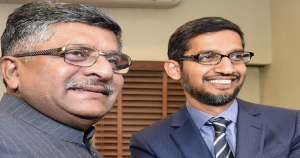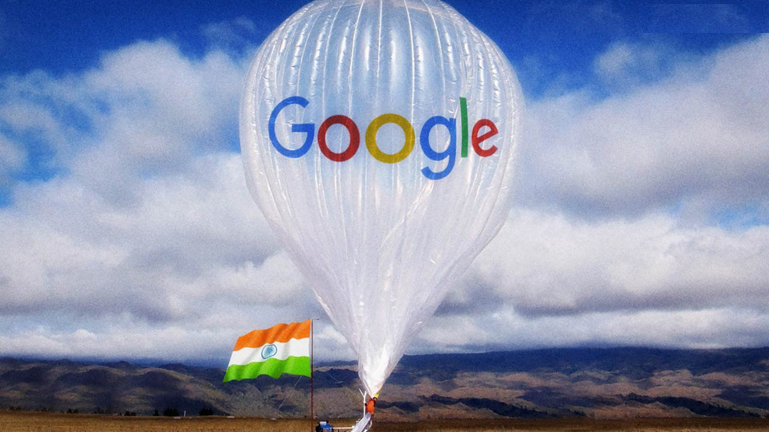
Sundar Pichai: Google Plans to Bring Affordable Internet Access to Rural India With ‘Project Loon’
The tech giant Google expects to bring its Project Loon to India very soon, which will offer affordable Internet access to millions of people living in rural India. With this most beneficial project, especially people in rural areas will be benefitted by the free internet access. Even the government supports the view that the project will interfere with cellular transmissions of mobile service providers in the country. With the help of huge balloons, internet can be offered to everyone in the country.
On Wednesday, Sundar Pichai, the CEO of Google has delivered a keynote at Google for India event in Delhi where he mainly focussed on some key points that include ‘Project Loon’. Project Loon actually makes use of a huge balloon that will be floated at a height of 20 kilometers above the ground area about 40 kms in diameter using a wireless communications technology called LTE or 4G. This way, people can easily access to free internet all over the country mainly for people who cannot afford much to get internet connectivity. This is the main motto of the Project Loon.

Commenting at the Google for India event, the company’s CEO Sundar Pichai said: “Project Loon will launch balloons in the sky to help reach out to rural areas.” Embellishing the same, Google Vice President (Access Strategy and Emerging Markets) Marian Croak said the company is “passionate” about developing and expanding latest Internet infrastructure throughout the world.
Google Brings Project Loon to Rural India
At the Google for India event, Marian Croak, Vice President of Google said, “One of the technologies that we have in our portfolio is Project Loon. It’s a project that we are working on with local telcos all across the world. And we are testing these high altitude balloons which literally act as almost like floating cell towers. To connect people in hard to reach regions that are scarcely populated and we are working to hopefully bring Project Loon to India in rural communities that have very few people connected to the Internet.”
The announcement made by the Google Vice President assumes significance as Communications and IT Minister Ravi Shankar Prasad had recently told Parliament that Google’s Project Loon will hinder with cellular transmissions of mobile operators in India.

On December 11, Ravi Shankar Prasad had said in a written reply to the Rajya Sabha that the recommended frequency band to be used in the Loon Project of Google is being used for cellular services in India and it will eventually lead to obstruction with cellular transmissions. In response to the uncertainty of Prasad, Croak said the company is working all over the world with local carriers, operators, and suppliers and does not carry out the project on its own.
She also said that we have been thinking of the immensity of bringing billions of people to the Internet and making it in an approach that is affordable to everyone providing copious internet access. So, the extent of this project is extremely high for any one entity to undertake on its own. In order to overcome this issue, we all have to work together without thinking others as competitors rather think as partners in this arena.
“The core factor of Google’s mission is universal access and we drive our conviction and vision from that mission. And it’s that everyone in the world should have affordable and abundant access to the full and open Internet,” she added.
For the Project Loon, Google has been using huge balloons floating at a height of 20 kilometers above the surface of the earth for transmission of Internet services. Google has already experimented this technology in New Zealand, California (the US) and Brazil. According to the technology giant, Google, each balloon has the capability to provide connectivity to a ground area about 40 kms in diameter using a wireless communications technology called LTE or 4G.
To make use of LTE or 4G, Project Loon ties up with telecom companies to share cellular spectrum so that people will be handy to access the Internet everywhere instantly from their phones and other LTE-enabled devices. Google uses solar panel and wind to power electronic equipment in the balloon for a complete day.